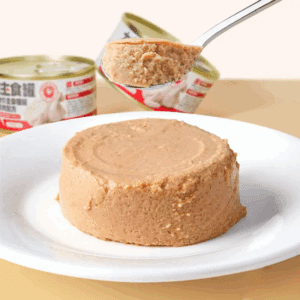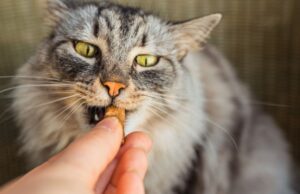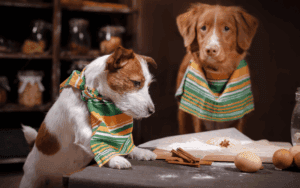Meta Description:
Discover whether OEM or ODM is best for your pet treat business in 2025. Explore trends, pros/cons, and actionable insights. Partner with MatchWell Pets for tailored solutions.
The global pet treats market is exploding. By 2025, it’s projected to hit $50.1 billion, driven by pet humanization, premiumization, and demand for sustainable products . For wholesalers, retailers, and entrepreneurs, choosing between OEM (Original Equipment Manufacturing) and ODM (Original Design Manufacturing) could make or break your competitive edge. But which model aligns with your goals? Let’s dive in.
Understanding OEM and ODM: What’s the Difference?
OEM (Original Equipment Manufacturing)
With OEM, you provide the design, recipe, and branding. The manufacturer produces the treats exactly to your specifications. Think of it as a “made-to-order” model.
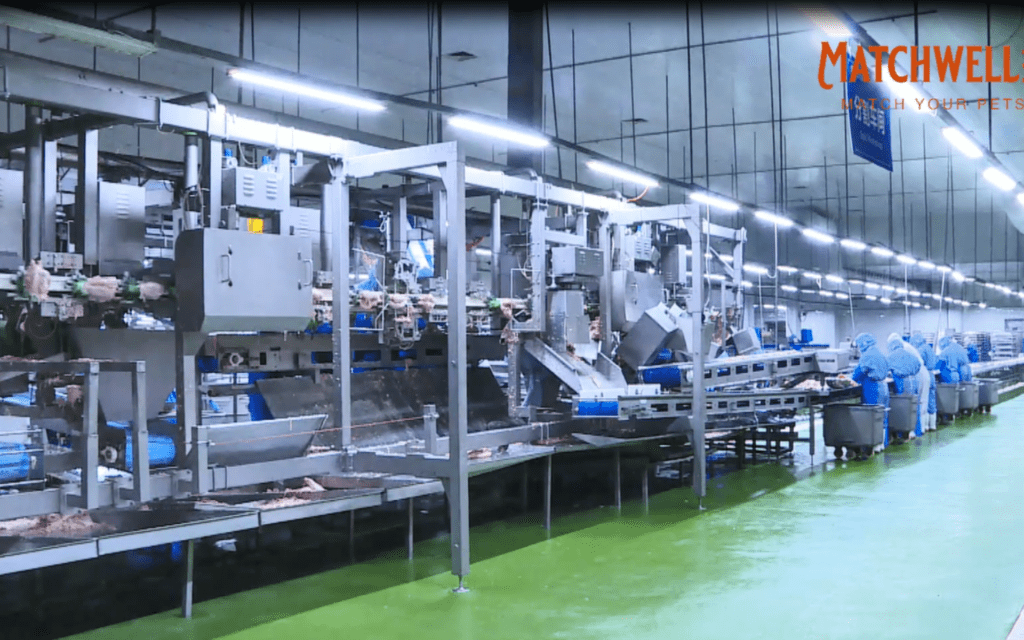
Example:
If you want heart-shaped, organic pumpkin dog treats with your logo, an OEM partner like will replicate your vision precisely.
ODM (Original Design Manufacturing)
Here, the manufacturer handles both design and production. They offer pre-developed recipes, packaging, and branding options. You pick a product, add your label, and sell it as your own.
Example:
A manufacturer might offer a best-selling grain-free salmon cat treat. You rebrand it as “Whisker Wellness” and sell it under your label.
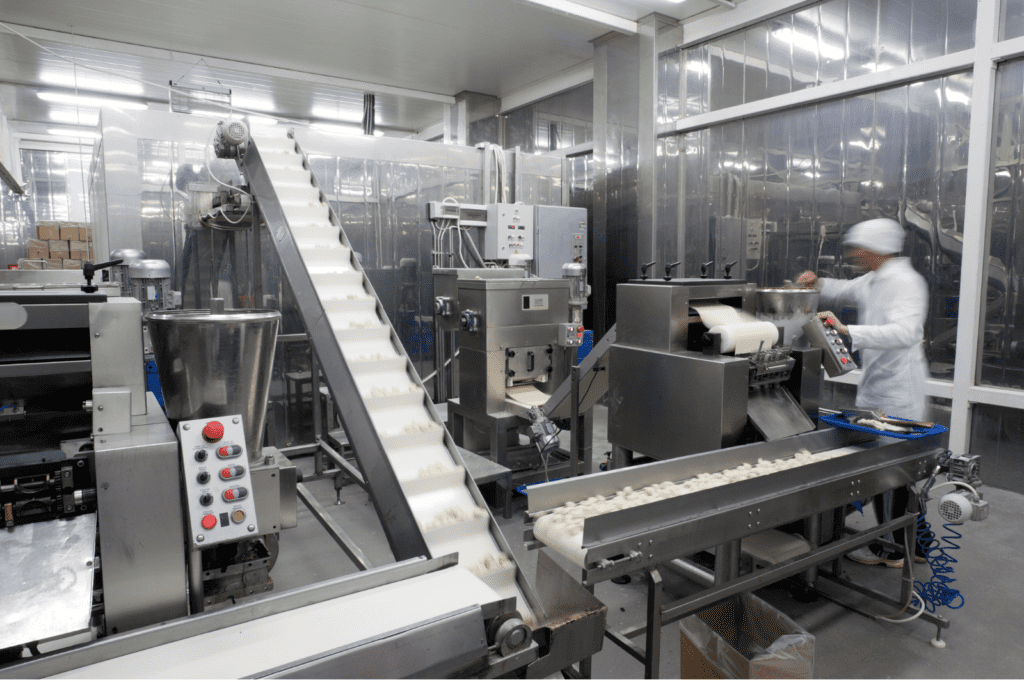
Key Differences at a Glance
| Factor | OEM | ODM |
|---|---|---|
| Customization | Full control over design and formula | Limited to existing templates |
| Time-to-Market | Longer (6–12+ months) | Faster (4–8 weeks) |
| Cost | Higher (R&D, molds, testing) | Lower (shared resources) |
| Risk | Higher (you own the IP) | Lower (manufacturer assumes most) |
| Scalability | Ideal for large orders | Flexible for small batches |
Trends Shaping Pet Treats in 2025
To decide between OEM and ODM, you must understand where the market is headed:
1. Sustainability Rules
67% of pet owners prefer eco-friendly packaging . OEM allows full control over biodegradable materials, while ODM may limit options.
2. Personalization is King
Customized treats (e.g., CBD-infused, breed-specific) are booming. OEM excels here, but some ODMs now offer modular recipes.

3. Direct-to-Consumer (DTC) Growth
DTC pet brands grew by 300% since 2020 . Fast-turnaround ODM models help newcomers compete.
OEM vs. ODM: Pros and Cons for Your Business
OEM Advantages
- Unique Brand Identity: Stand out with proprietary recipes and packaging.
- Premium Pricing: Custom products justify higher margins.
- IP Ownership: Protect your formulas and designs.
Ideal For:
- Established brands (e.g., Chewy, Petco)
- Businesses targeting niche markets (e.g., hypoallergenic treats)
OEM Challenges
- High Upfront Costs: Tooling and R&D can exceed $50,000.
- Long Lead Times: Not ideal for capitalizing on trends quickly.
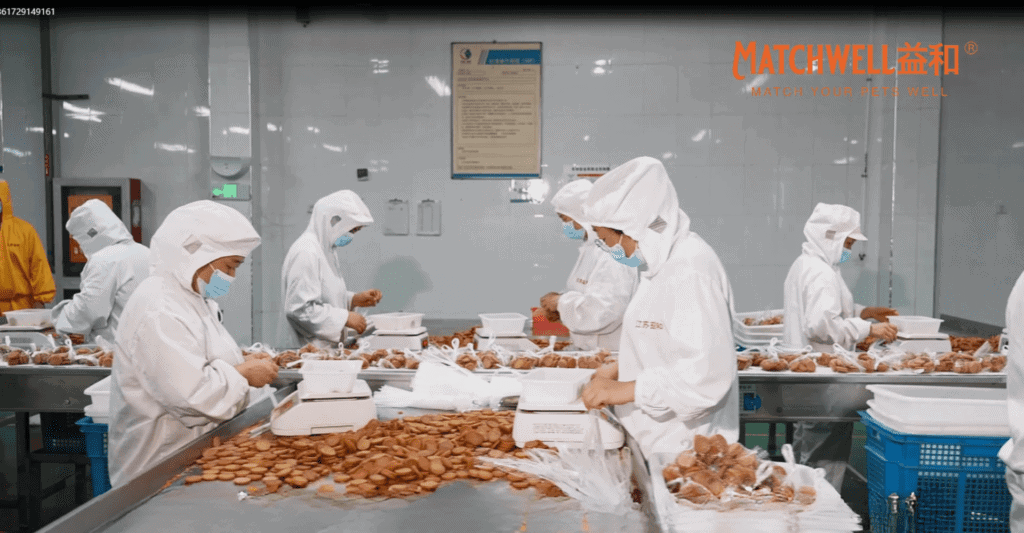
ODM Advantages
- Cost-Effective: No R&D expenses; pay per unit.
- Speed: Launch products in weeks, not months.
- Low Risk: Test markets with minimal investment.
Ideal For:
- Startups and Amazon sellers
- Retailers needing seasonal or private-label products
ODM Challenges
- Generic Products: Hard to differentiate in crowded markets.
- Limited Customization: You’re stuck with the manufacturer’s templates.
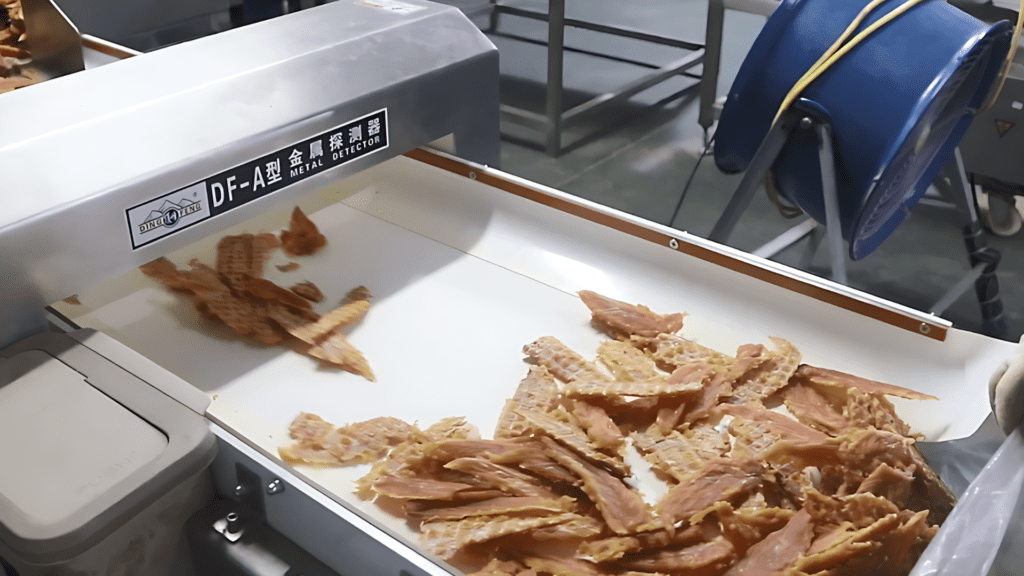
How to Choose: 5 Questions to Ask
- What’s Your Budget?
- OEM: Best if you have $50K+ for development.
- ODM: Start with as little as $5K.
- How Unique is Your Product?
- OEM for bespoke recipes; ODM for “me-too” products.
- How Fast Do You Need to Launch?
- ODM wins for speed.
- Do You Plan to Scale?
- OEM offers better margins at scale.
- What’s Your Brand Vision?
- Building a legacy brand? OEM. Testing the waters? ODM.
Case Studies: Real-World Success
Case 1: ODM for Rapid Market Entry
Brand: Paws & Play (Amazon Seller)
Strategy: Partnered with an ODM to launch a line of white-label dental chews.
Result: Listed on Amazon Prime in 6 weeks; hit $200K/month sales by month three.
Case 2: OEM for Premium Branding
Brand: Holistic Hounds (Boutique Retailer)
Strategy: Worked with MatchWell Pets to create USDA-certified organic treats.
Result: Secured shelf space in 500+ Whole Foods stores; 40% repeat customer rate.

The Future of OEM and ODM in 2025
Hybrid Models Are Rising
Manufacturers like MatchWell Pets now blend OEM and ODM, offering “semi-custom” options. For example, tweak an existing ODM recipe with your unique flavor additive.
Tech-Driven Customization
AI tools let buyers design treats online (shape, ingredients, packaging) and get instant OEM quotes.
Final Verdict: Which Model Fits You?
- Choose OEM If:
- You have the budget and want a unique, premium product.
- Long-term brand building is your goal.
- Choose ODM If:
- You need to launch fast with minimal risk.
- You’re okay with competing on price vs. innovation.
Still unsure? MatchWell Pets offers free consultations to align your business with the right model.

Ready to Dominate the Pet Treats Market?
Whether you’re a wholesaler, retailer, or entrepreneur, the OEM vs. ODM decision will shape your 2025 strategy. With trends favoring speed and sustainability, the right partner is critical.
Next Steps:
- Audit your budget and brand goals.
- Explore MatchWell Pets’ OEM/ODM solutions.
- Launch products that resonate with tomorrow’s pet owners.
Boost your 2025 sales with the perfect manufacturing model. Let’s get started!


